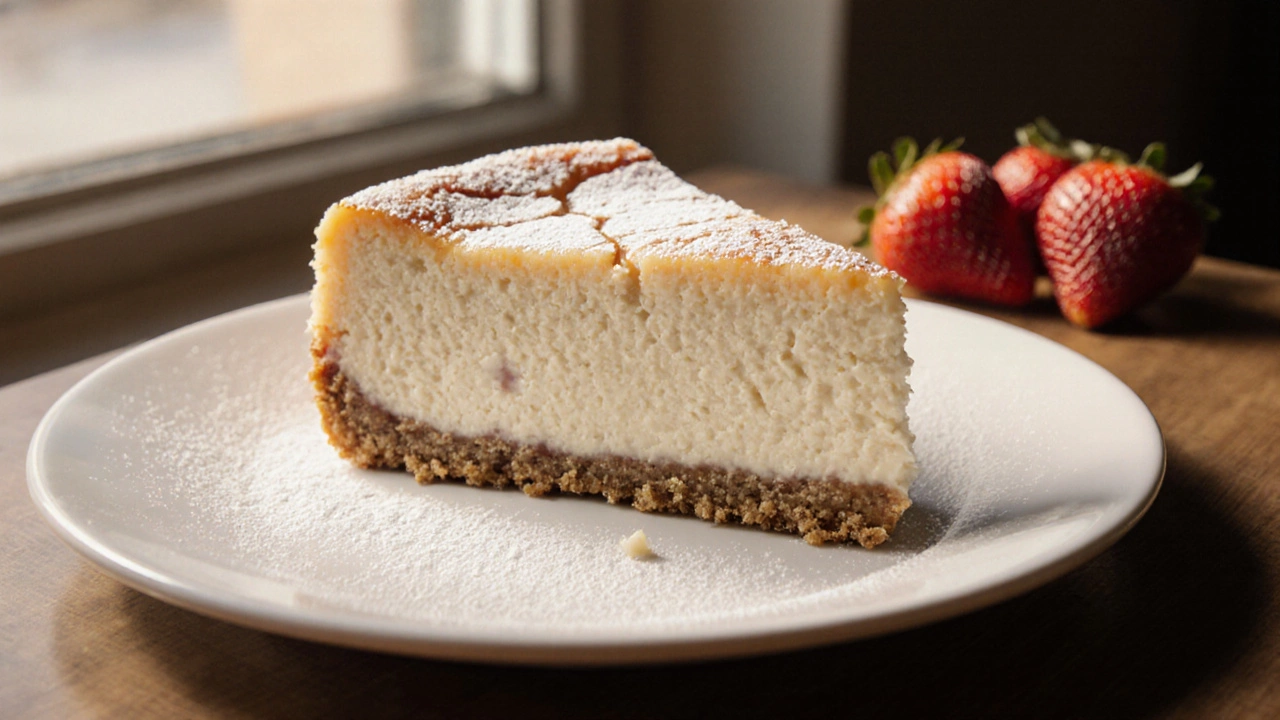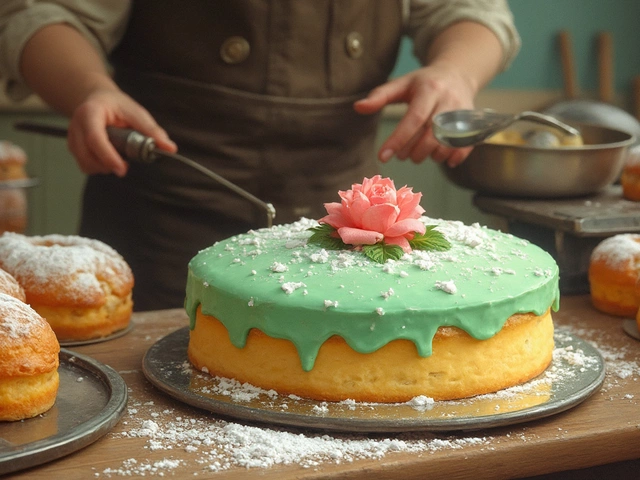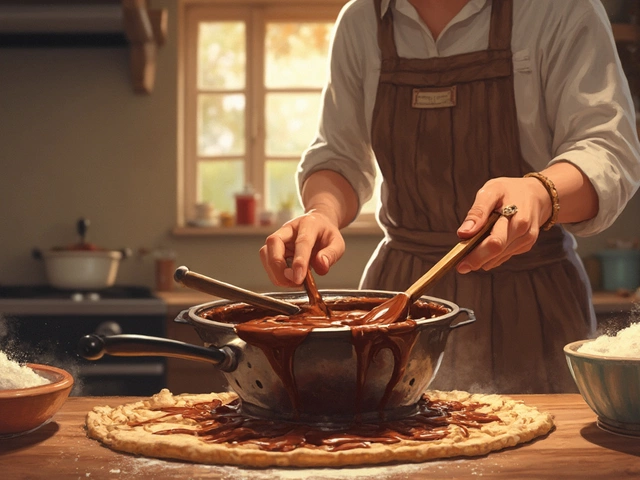Water Bath: What It Is, Why It Matters in Baking, and How to Use It Right
When you’re baking something delicate—like a water bath, a method of gently cooking food using hot water to regulate temperature and prevent overheating. Also known as bain-marie, it’s the secret behind smooth cheesecakes, silky custards, and melt-in-your-mouth chocolate puddings. Skip it, and you risk cracked tops, rubbery textures, or uneven baking. Use it right, and your desserts turn out creamy, even, and professional-looking—no fancy equipment needed.
The bain-marie, a French term for a water bath used in cooking and baking works by surrounding your baking dish with hot water. The water absorbs and slowly releases heat, keeping the oven’s dry, harsh air from drying out your dessert. This is why cheesecakes, which are basically egg-heavy custards, need it so badly. Without the water bath, the edges cook too fast, the center stays jiggly, and the top splits like a dried-up riverbed. Same goes for flans, crème brûlée, or even delicate sponge cakes baked in a springform pan. The custard baking, the process of gently cooking egg-based mixtures to achieve a velvety texture without curdling relies on this steady, indirect heat.
You don’t need a fancy water bath pan. Just a roasting pan big enough to hold your cake pan, plus enough hot water to reach halfway up the sides. Wrap your springform pan in foil if you’re worried about leaks—trust me, it’s a lifesaver. Preheat the oven, pour the water in after you’ve put the cake in, and let the water do the work. No need to boil it—just hot tap water, maybe warmed on the stove. Too hot? It can cause steam pockets and uneven baking. Too cold? It won’t help. Aim for just below boiling. And don’t open the oven door too early. Let it sit. The water keeps the temperature stable, so your dessert cooks slowly, evenly, and without drama.
This isn’t just for cheesecakes. If you’ve ever made a slow baking, a technique using low, even heat to gently cook delicate foods like custards and terrines recipe—like a Japanese cotton cheesecake or a pumpkin pie—you’ve probably used a water bath without realizing it. It’s the difference between a dessert that’s just okay and one that feels like it came from a bakery. And yes, it’s worth the extra step. You’re not just baking—you’re controlling the environment so your ingredients can shine.
Some people skip it because it’s messy, or they think their recipe doesn’t need it. But if your dessert has eggs, dairy, or sugar that turns firm when heated, you’re playing with fire. The water bath is your safety net. It’s why American cheesecakes stay dense and creamy instead of rubbery, and why French custards don’t turn into scrambled eggs. It’s not magic—it’s physics. And now you know how to use it.
Below, you’ll find real posts from bakers who’ve cracked the code on water baths—whether they’re fixing a sunken cheesecake, learning how to avoid water seeping in, or discovering why their custard finally set perfectly after years of trial and error. No fluff. Just what works.

Why New York Cheesecake Tastes So Amazing - Secrets Revealed
Discover why New York cheesecake stands out: dense cream cheese texture, perfect crumbly crust, and the water‑bath trick that keeps it smooth and crack‑free.
View More




